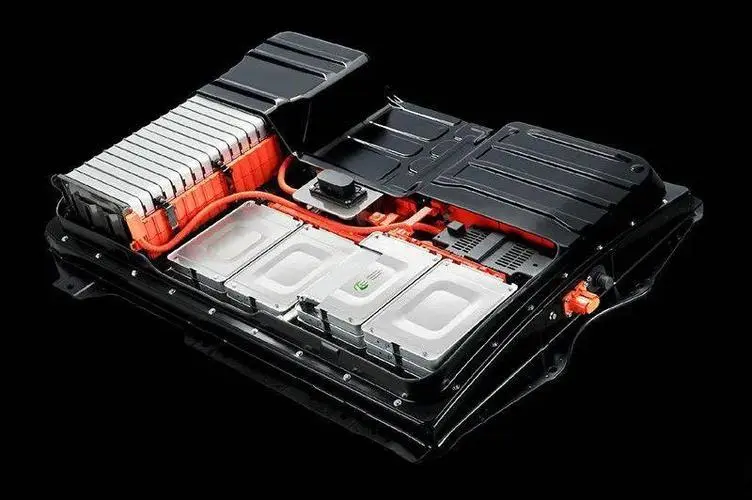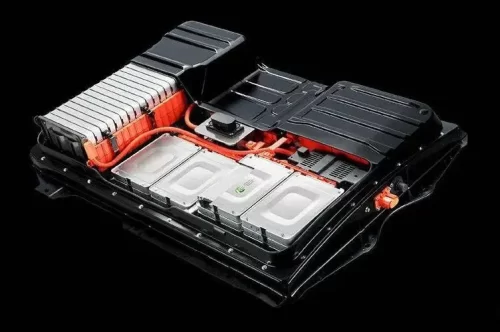As a high-performance secondary green battery, lithium-ion battery has the advantages of high voltage, high energy density (including volume energy and mass specific energy), low self-discharge rate, wide operating temperature range, long cycle life, environmental protection, no memory effect, and large current charge and discharge. The improvement of lithium-ion battery performance is largely determined by the improvement of electrode material performance, especially positive electrode material. At present, the most widely studied positive electrode materials are LiCoO2, LiNiO2 and LiMn2O4, but their application and development are restricted by factors such as the toxicity of cobalt and limited resources, the difficulty in preparing lithium nickel oxide, and the poor cycle performance and high-temperature performance of lithium manganese oxide. Therefore, the development of new high-energy and low-cost positive electrode materials is crucial to the development of lithium-ion batteries. At the end of the last century, scientists discovered that lithium iron phosphate (LiFePO4) with an olivine structure can reversibly insert and release lithium, and has the characteristics of high specific capacity, good cycle performance, stable electrochemical properties, and low price. It is the preferred new generation of green positive electrode materials, especially as a power lithium-ion battery material. The discovery of lithium iron phosphate has attracted the attention of many researchers in the electrochemical field at home and abroad. In recent years, with the increasing application of lithium batteries, more and more research has been done on LiFePO4.
1. Lithium iron phosphate production process: Lithium iron phosphate is a multifunctional new lithium-ion battery system. Its safety, endurance and cycle life are much better than traditional lithium-ion batteries. It has the characteristics of high energy density, low cost and environmental friendliness. It is a new lithium-ion battery system with booming potential in the new generation of battery systems.
2. The technical equipment research and engineering technology development of lithium iron phosphate (LiFePO4) batteries are becoming more and more mature, and have been widely used in new energy vehicles, energy storage, new power batteries and home power storage systems.
3. The production process of lithium iron phosphate batteries is generally divided into several processes such as preparation, crushing, mixing, pressing, baking, physical and chemical testing and finishing.
1) Preparation: First, some necessary raw materials must be prepared, including lithium iron phosphate, organic electrolyte (PEO), fine soil (Kaolin) and appropriate additives; these raw materials must undergo electrostatic screening, a certain degree of humidity control, and fire compaction to ensure the quality of the raw materials and the stability of their subsequent production processes.
2) Crushing: Next, the prepared materials are handed over to the crushing equipment, and the raw materials are mixed and crushed according to the prescribed ratio; generally, a grinder is used for grinding. During the grinding process, it is necessary to pay attention to the control of the grinding temperature, which is generally below 200°C; after the grinding is completed, mixing can be started.
3) Mixing: Before mixing, the crushed raw materials need to be finely processed, and the particle size analyzer is used for particle refinement, that is, fine processing is performed according to a specific particle size distribution. It should be noted that the mixing time should not be too long; after the mixing is completed, the pressing step can be started.
4) Pressing: After mixing into wet crushed materials, they can be pressed into particles. Generally, a rotary press is used for pressing. Constant pressure or constant force pressing can be selected according to needs; during the pressing process, the pressing pressure needs to be controlled.
5) Baking: After the pressing is completed, baking is carried out. Generally, a heating oven is used for baking. During the baking process, the baking temperature needs to be controlled so that it can complete the reaction.
6) Physical and chemical testing: After the baking is completed, physical and chemical tests are carried out according to a certain method. According to the test results, see whether the various parameters meet the requirements.
7) Finishing: Finally, the raw materials are baked into shape according to the customer’s requirements, and then packaged and transported to the place specified by the customer.


